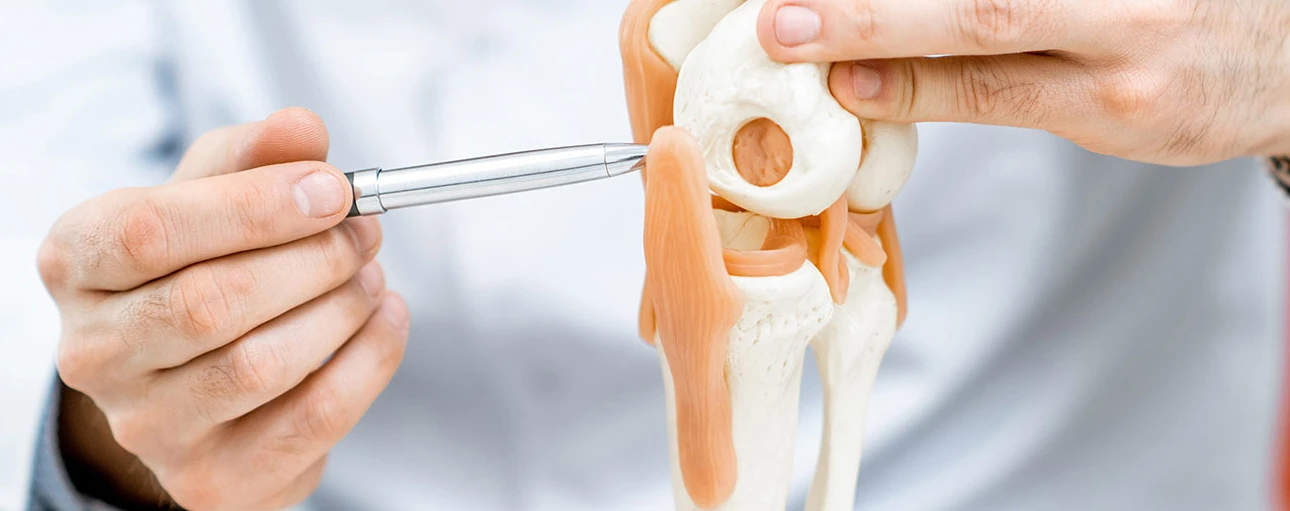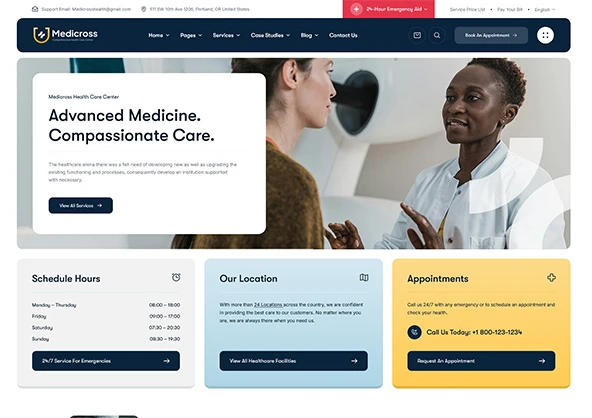- Your cart is empty Browse Shop
Emergency



About Emergency
The Emergency Unit (also known as the Emergency Department or Emergency Room – ER) is a critical care area in a hospital that is open 24/7 to provide immediate medical attention to patients with urgent or life-threatening conditions. It is specially designed to handle a wide range of medical emergencies, including accidents, heart attacks, strokes, severe injuries, and sudden illnesses. The emergency unit is staffed with trained emergency physicians, nurses, and trauma specialists, and is equipped with advanced life-saving equipment.
Purpose & Challenges of the Emergency Unit in a Hospital:
The Emergency Unit (also known as the Emergency Room – ER) is one of the most vital departments in our hospital. It is designed to provide immediate medical attention to patients experiencing urgent or life-threatening conditions. This unit operates 24/7 and is staffed with trained emergency professionals equipped to handle a wide range of medical crises.
Key Purposes
- Immediate Life-Saving Care: Rapid diagnosis and treatment for emergencies such as heart attacks, stroke, severe injuries, or breathing difficulties.
- Trauma & Accident Response: First point of care for accident victims, burns, or violent injuries.
- Triage and Prioritization: Patients are assessed and prioritized based on the severity of their condition (triage system).
- Stabilization Before Further Treatment: Patients are stabilized before being transferred to ICU, surgery, or other hospital departments.
- Disaster & Outbreak Response: Handles mass casualties, epidemics, and public health emergencies with swift containment and care.
Challenges
The emergency unit plays a life-saving role in hospitals, responding swiftly to critical cases and stabilizing patients for further care. However, to perform efficiently, it must overcome challenges like overcrowding, staff stress, limited infrastructure, and security risks. Addressing these issues is vital to ensure effective emergency care and better patient outcomes.








